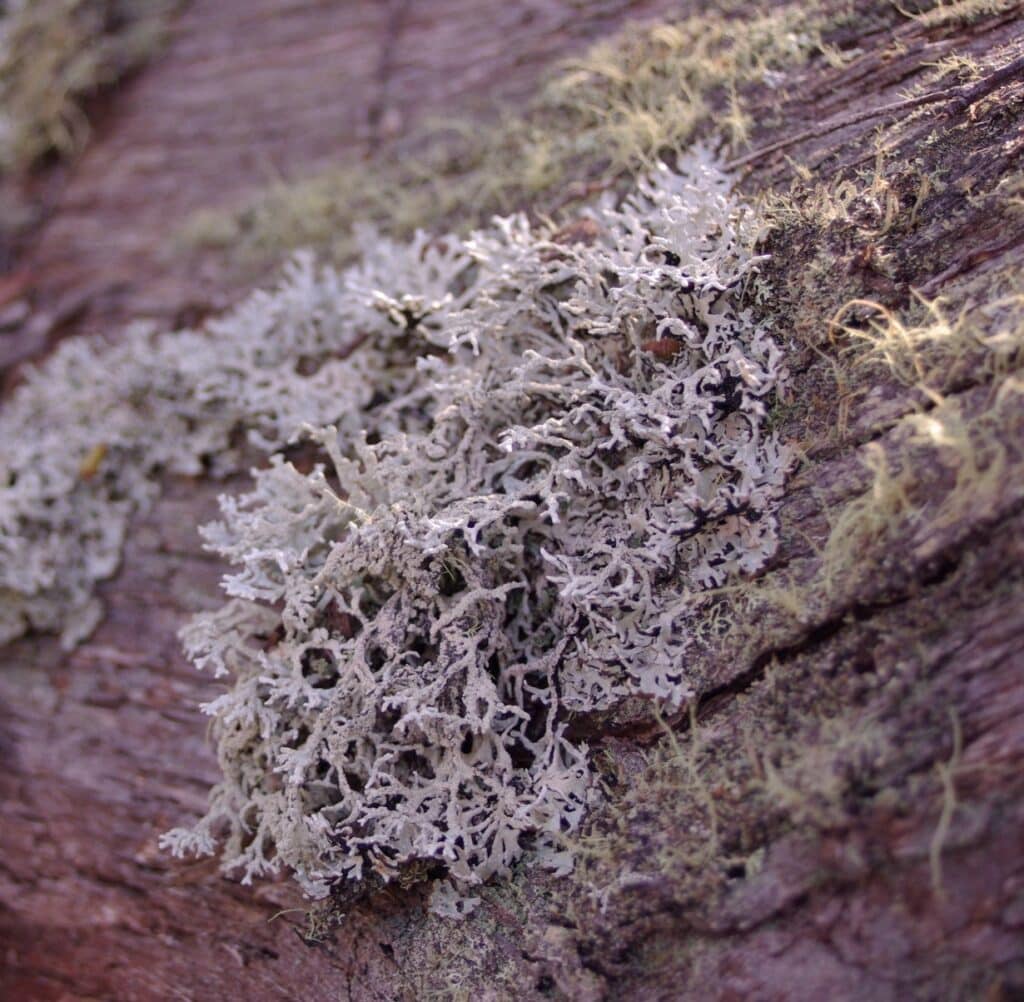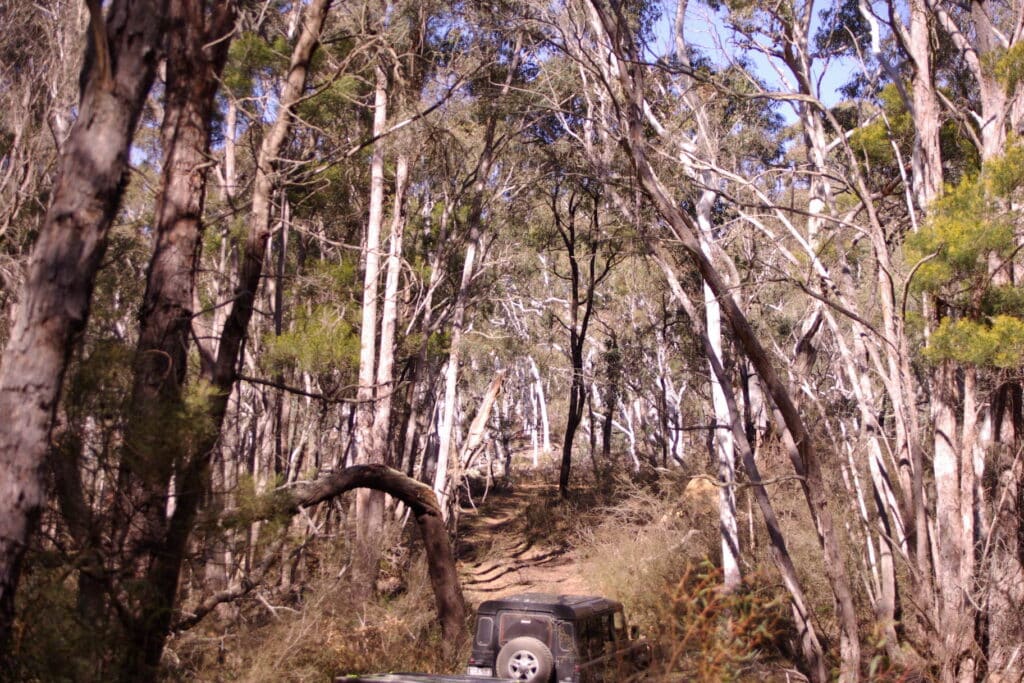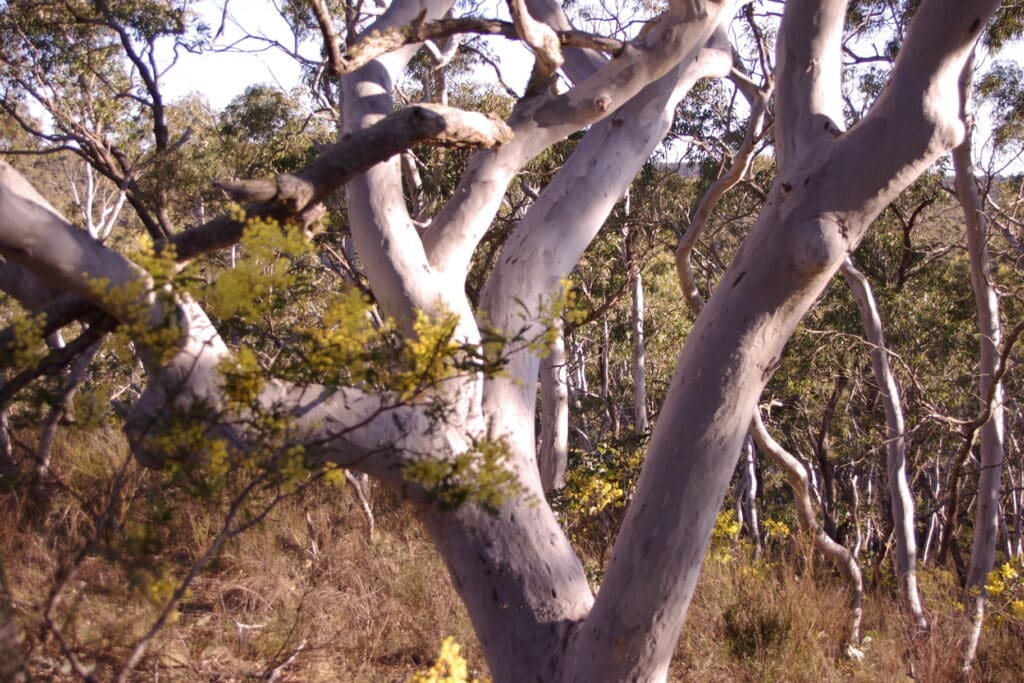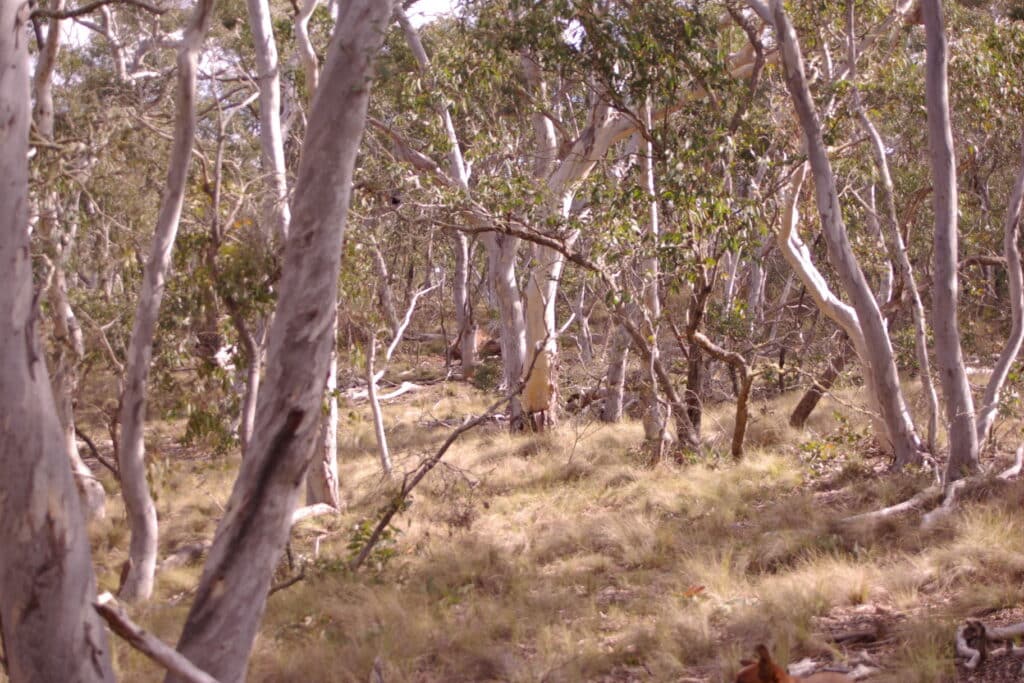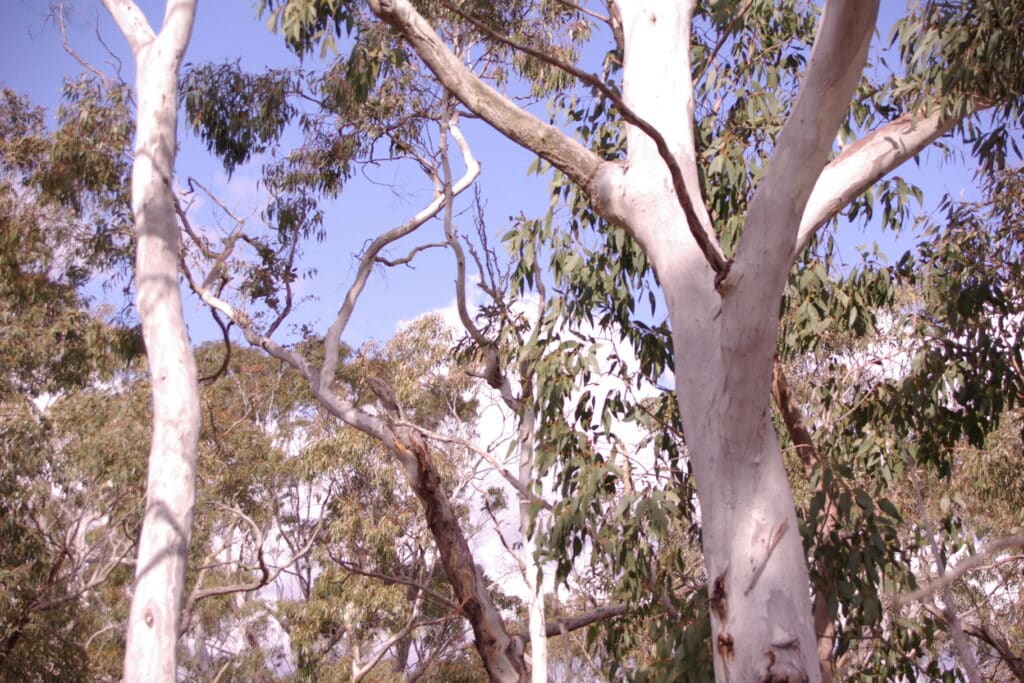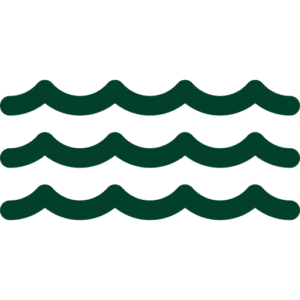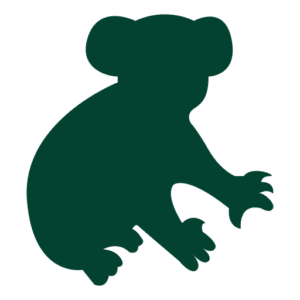Sharyn Dray-Dibsdale and Scott Dibsdale are the owners of Winterbrae, a property located approximately 35 km northeast of Braidwood. The property is a dedicated wildlife sanctuary and private nature retreat occasionally used for the release of rehabilitated wombats. It is Sharyn and Scott’s intent for Winterbrae to be a safe haven for flora and fauna, and as leaving minimal impact on Winterbrae is very important to them they have no development plans for the property.
Winterbrae covers 40.39 hectares of heavily wooded and steeply undulating virgin scrub, with several semi-permanent creek beds providing sources of water for wildlife. The property features no residence or other permanent structures, and vegetation types include snow gums (Eucalyptus pauciflora), stringybarks, proteas and banksias, wattles (Acacia spp.), she-oaks (Allocasuarina spp.), soft leaf and bracken ferns (Pteridium esculentum), lush mosses and lichens, a variety of sedums and a myriad of sub-alpine wildflowers. Several native grass species also occur and vary significantly between riparian areas and higher grounds.
Wildlife species known to inhabit Winterbrae include bare-nosed wombats (Vombatus ursinus), swamp wallabies (Wallabia bicolor), eastern grey kangaroos (Macropus giganteus), gang-gang cockatoos (Callocephalon fimbriatum), pied currawongs (Strepera graculina), magpies (Cracticus tibicen), scarlet robins (Petroica boodang), eastern (Platycercus eximius) and crimson (Platycercus elegans) rosellas, microbats, short-beaked echidnas (Tachyglossus aculeatus), red-bellied black snakes (Pseudechis porphyriacus), and brushtail (Trichosurus vulpecula) and ringtail (Pseudocheirus peregrinus) possums. A wedge-tailed eagle (Aquila audax) also nests on the property.
This sanctuary is featured in Wildlife Lands 16!
Though listed as the owners we have only to wake to fresh wombat poo totems placed strategically around the campsite to remind us who really owns this place. And we’ve loved it since we read the real estate brief five years ago: “Covers 40.39 hectares of virgin scrub, heavily wooded, steeply undulating, worthless for farming or commercial use.”
One of a few small pockets of dwindling wilderness amid farming and logging in the area, it’s the only one that precludes shooters and as there is only a wooden cabin in a small campsite with a rough access track, even we are just ‘visitors’. Wildlife has steadily found its way back to the safety of the dense snow gums and wattles. Fat, happy wombats live among the lush ferny creek beds and we have made a home for a couple of rescues. We love the swamp wallabies that spy on us from the shade and the ‘beefcake’ eastern grey that welcomes us from the ridge when we visit. It’s a joy to sit under snowy gums while gang-gang cockatoos teach their babies to shell gum nuts and a little family of glossy black cockatoos shred the rough branches and cones of sheoaks.
We delight in seeing tiny microbats circling overhead on summer nights and the little echidna that chased ant nests under our tents, forcing us to build a wooden one up off the ground. And we marvel that a wedge-tailed eagle feels safe enough to build her nest in one of our gums. So, it comes as a wrench when the safety of this place is violated. Illegal hunting and shooting is escalating, with authorities seemingly unable to stop attacks on native wildlife.
We promised Winterbrae’s creatures they would be safe here, but realising how vulnerable it is we have had to find ways to better protect our property, including through using signage, Conservation Agreements, infra-red trail cameras to help prosecute offenders, and extending the safety of our property into our neighbours’ areas.

